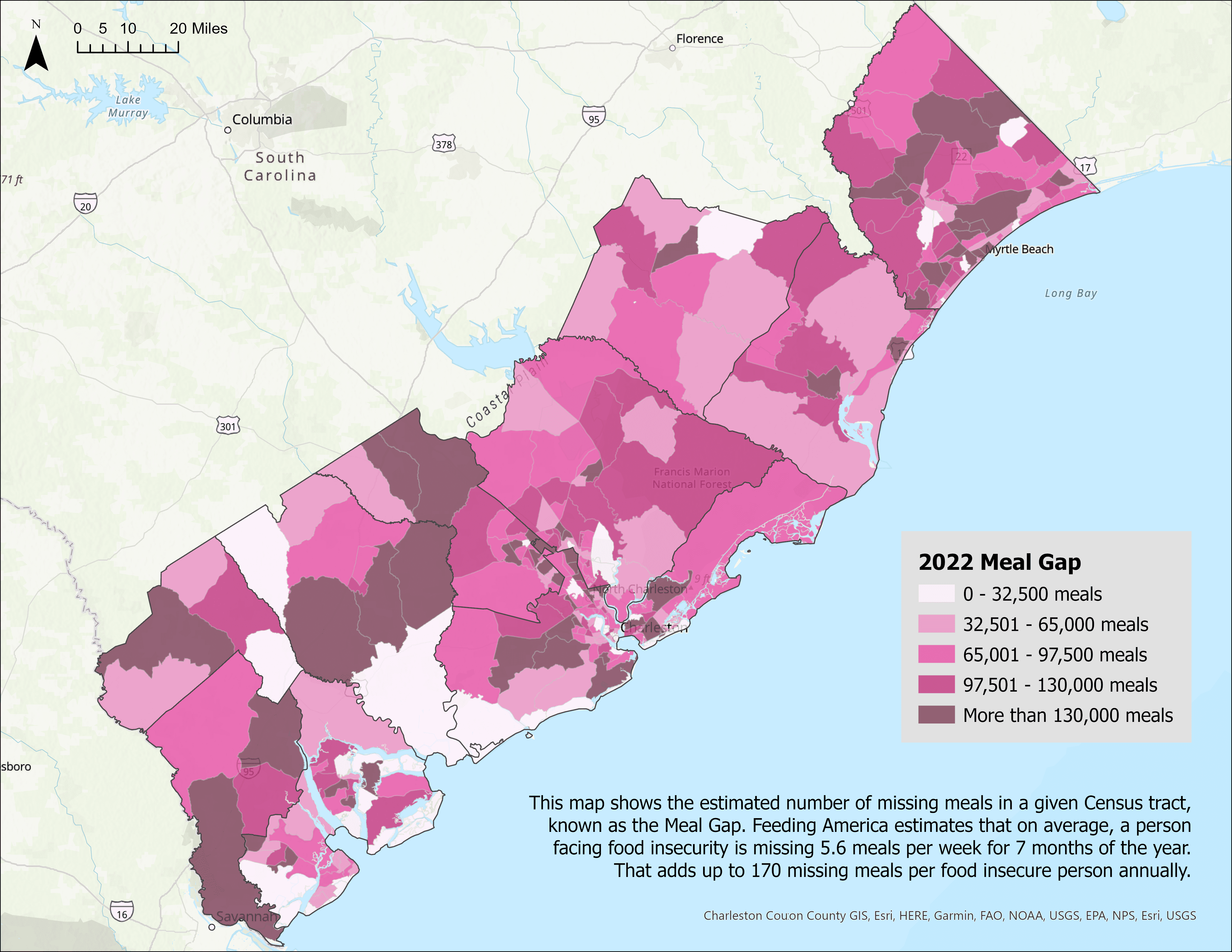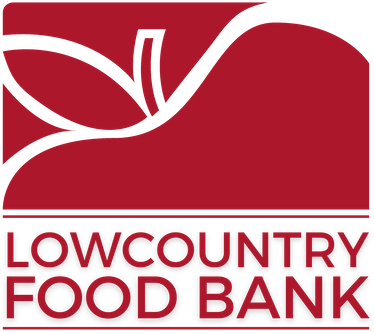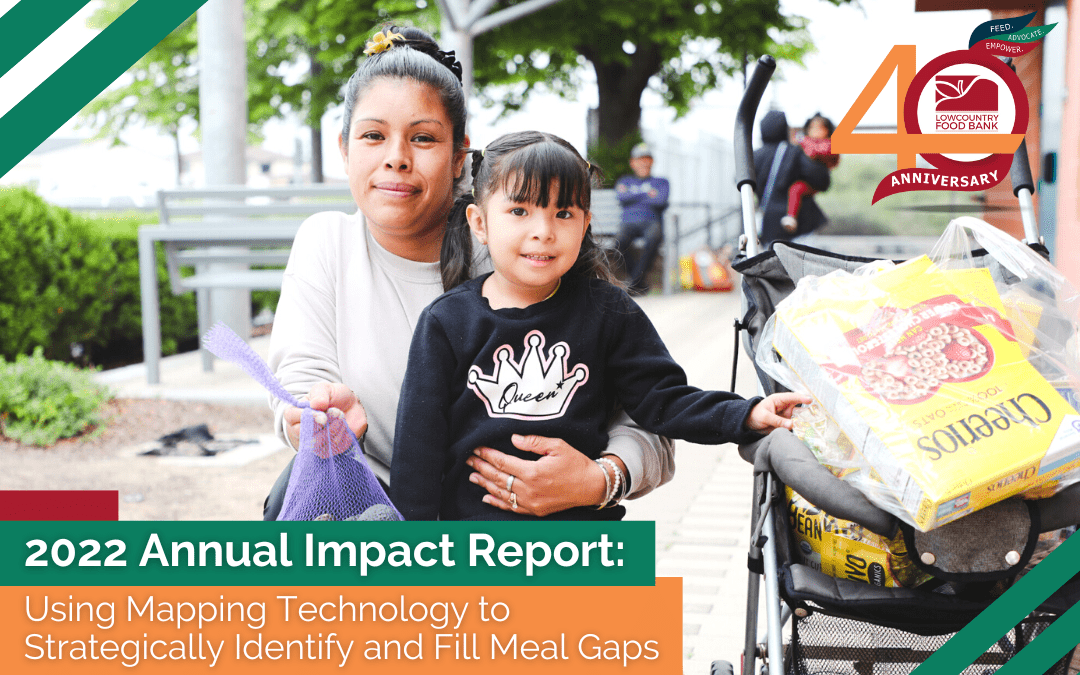Using guidance from Feeding America, we have calculated the meal gap across our service area, which shows how many meals are “missing” in each community. Feeding America estimates that a person who faces food insecurity is missing an average of 5.6 meals per week for 7 months of the year. That adds up to 170 missing meals annually per food-insecure person.
Knowing where our food-insecure neighbors live helps us better accommodate their needs in a variety of ways, including building the capacity of existing partner agencies and recruiting new ones, hosting Mobile Pantry distributions, and catering our child and senior programs to meet our neighbors’ needs. ArcGIS mapping technology allows us to measure the impact we’re making across our service area on a regular basis so that we always have a pulse on the needs of the communities we serve.

Meals Per Person In Need (MPIN) is the measurement that Feeding America and its 200 member food banks have used for more than a decade based on network median pounds per person in need. This method was applied as an expected poundage delivery target for every county in the nation and became the prevailing metric for how well food insecurity was being addressed by the Feeding America network. MPIN was an important evolution to measure how food banks were moving the needle in their local communities. However, MPIN measured food banks against other food banks and did not take into account food banks assessing the needs and inequities in their own local service areas. With input from food banks across the nation, Feeding America has restructured this measure, which is now known as the Service Target.
The Service Target is defined as 50% of the meal distribution across all of the food bank’s counties it serves. For example, if a food bank is providing 200 meals per person across their service area, their Service Target would be 100 meals per person in each county they serve. This is the next iteration of how we are evolving toward achieving equitable food distribution practices that address race and place-based food insecurity. LCFB currently meets its Service Target across all of the counties that we serve, and is now focused on making our service to each county as equitable as possible based on each county’s food insecure population.
This article was originally published in our 2022 Annual Impact Report. View the full report here.
About the Lowcountry Food Bank: Feed. Advocate. Empower.
The Lowcountry Food Bank serves the 10 coastal counties of South Carolina and distributed more than 39 million pounds of food in 2023. The Lowcountry Food Bank helps fight hunger by distributing food to nearly 230 partner agencies including on-site meal programs, homeless shelters and emergency food pantries. The Lowcountry Food Bank advocates on behalf of those who experience hunger and helps empower people to make healthy and nutritious food choices. For more information, visit the Lowcountry Food Bank website.


Recent Comments